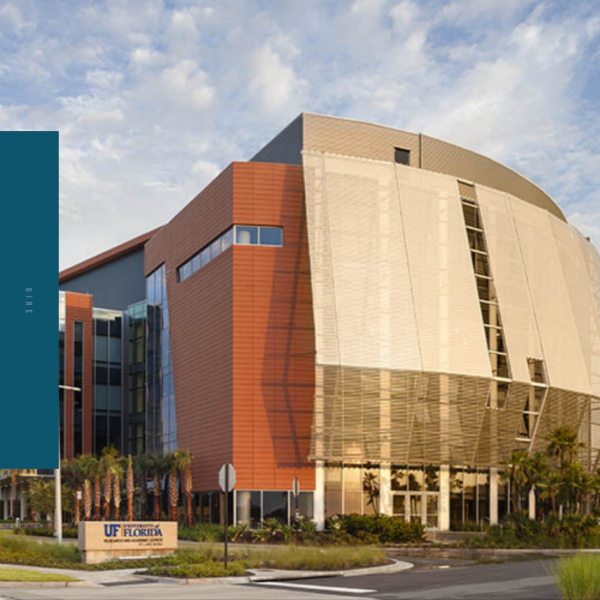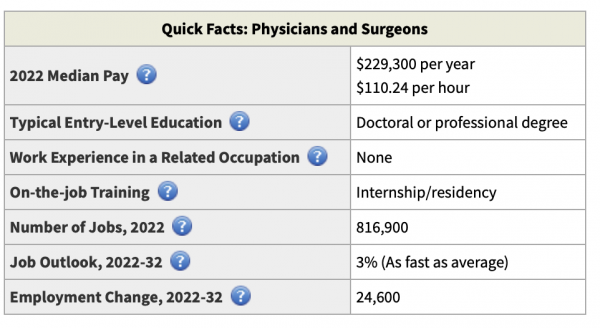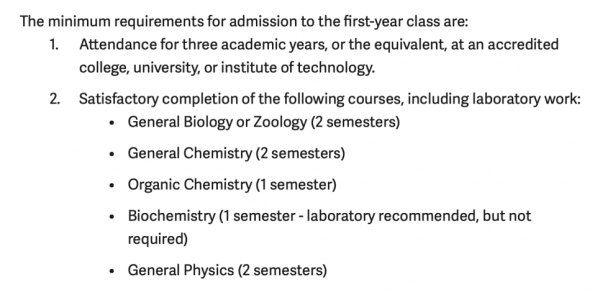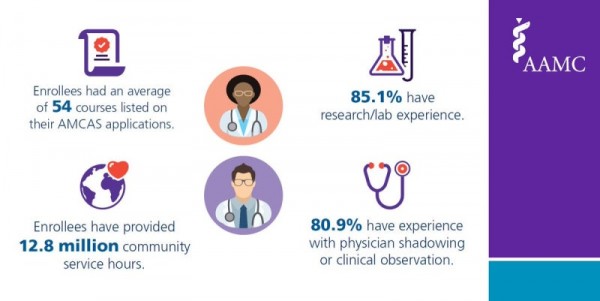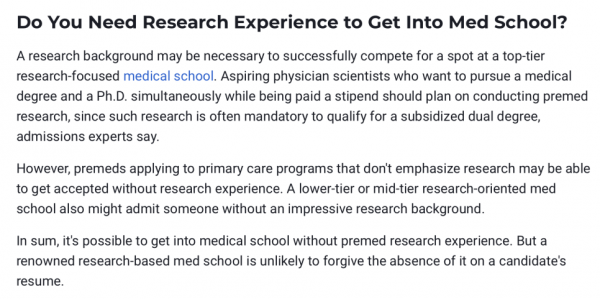| How To Get Into Medical School | Medical School Admission Guide | |||||||||||||||||
|---|---|---|---|---|---|---|---|---|---|---|---|---|---|---|---|---|---|
|
US medical schools are globally renowned institutions that provide outstanding medical education and research opportunities. These schools lead in modern medical technology and research, producing medical professionals who drive innovation in healthcare. US medical schools emphasize academic rigor, research activities, clinical experience, patient-centered education, and offer diverse career opportunities in various medical fields, allowing students to grow into well-rounded healthcare professionals. Additionally, US medical schools offer an education environment that enhances employability worldwide, including the opportunity to work as a physician back home and the foundation to pursue various specialties. The Advantages of US Medical Schools
Pathways to US Medical School
The first method is entering a BS/MD program, where you proceed directly from undergraduate studies to medical school. Currently, 30 US universities offer this program to outstanding high school students. Admission is highly competitive, even compared to prestigious universities, with stringent entry requirements. The advantage of the integrated program is that it follows a course designed for medical school entry, reducing the complexity of applying to graduate school. However, not all BS/MD programs are the same. It’s crucial to carefully review and prepare according to the specific program structure. For example, some programs, like those at Brown University, USD, and the University of Wisconsin, have students complete their undergraduate and medical school studies at the same institution. Others, like Rice University and Baylor College of Medicine, involve different institutions for undergraduate and medical school degrees. Another critical consideration is whether the medical school admission is guaranteed. Some programs, such as those at USC, Penn State, and Brown University, guarantee medical school admission upon meeting academic requirements, while others do not. BS/MD programs vary in duration, typically spanning six, seven, or eight years, so thorough research is necessary when choosing a school. 2. Pre-Medical Pathway The second method is to obtain a bachelor’s degree in fields like biology or biochemistry (pre-med) and then apply to medical school. This is the most common pathway in the US After graduating from a four-year college, meeting the required courses, maintaining a high GPA, scoring well on the MCAT, and participating in extracurricular activities, letters of recommendation, and interviews, you can apply to medical school. The major does not matter as long as you complete the prerequisite courses. Essential Requirements for Medical School Admission
First, you must complete the prerequisite courses required by medical schools. Check each medical school’s website for specific requirements. For example, Yale University’s medical school has specific prerequisite courses listed. 2. GPA Maintaining a GPA of 3.6-3.7 or higher during your undergraduate studies is crucial. The minimum acceptance GPA is often around 3.6. 3. MCAT Score The MCAT (Medical College Admission Test) assesses students' academic abilities and readiness for medical school. It includes sections on physical sciences, verbal reasoning, biological sciences, and a trial section.
4. Additional Requirements Other essential components include letters of recommendation, volunteer work, interviews, TOEFL scores, leadership experience, well-written essays, and research experience. Medical Research Opportunity
If you’d like more information, please book an info session (click here!) to learn more! |
|||||||||||||||||
 Click here to book
Click here to book
an information session!
(online & live)
Blog
HOME
Blog


 이전글
이전글
